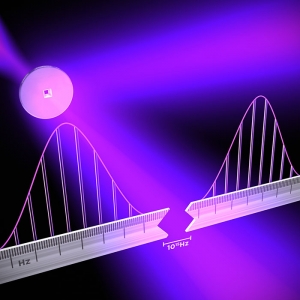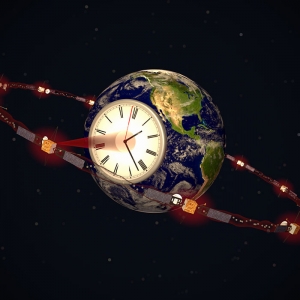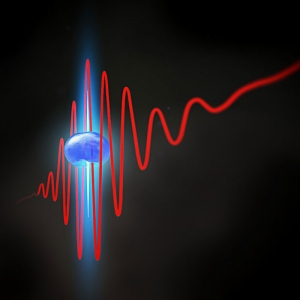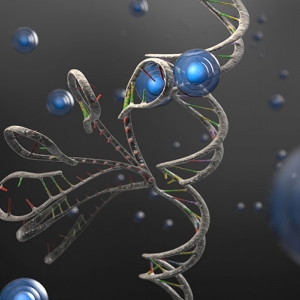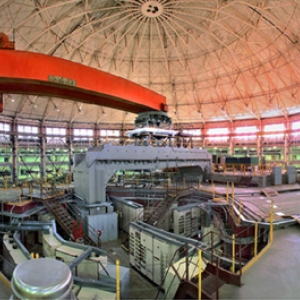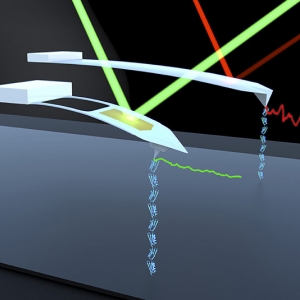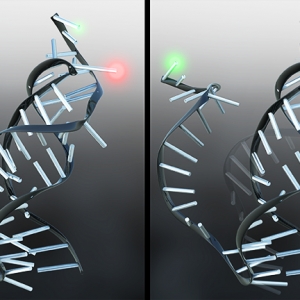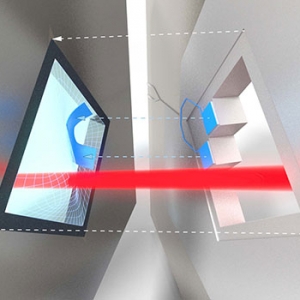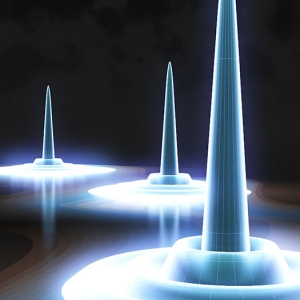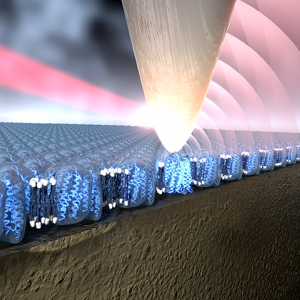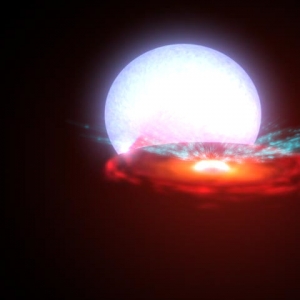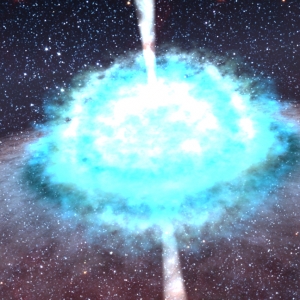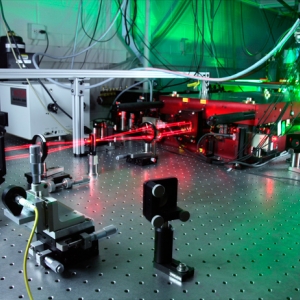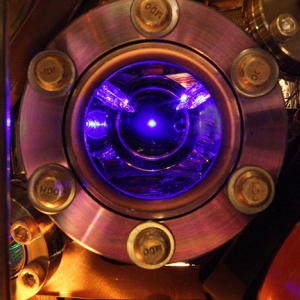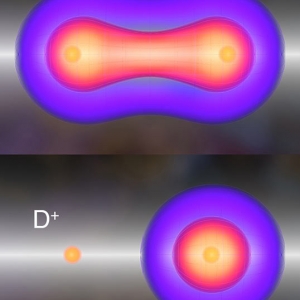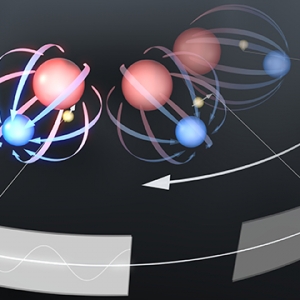Research Highlights
Displaying 221 - 240 of 472
Laser Physics | Precision Measurement
Invisible Rulers of Light
PI(s):
Jun Ye
Precision Measurement
Sky Clocks and the World of Tomorrow
PI(s):
Jun Ye
Laser Physics
The Long and the Short of Soft X-rays
PI(s):
Andreas Becker | Henry Kapteyn | Margaret Murnane
Biophysics
Crowd-Folding
PI(s):
David Nesbitt
Nanoscience
The SINS of Markus Raschke
PI(s):
Markus Raschke
Nanoscience
The Measure of Small Things
PI(s):
Thomas Perkins
Biophysics
The Unfolding Story of Telomerase
PI(s):
David Nesbitt
Quantum Information Science & Technology
Good Vibrations: The Experiment
PI(s):
Cindy Regal | Konrad Lehnert
Atomic & Molecular Physics
The Resonance Motel
PI(s):
John Bohn
Atomic & Molecular Physics
Dealing with Loss
PI(s):
Ana Maria Rey | Deborah Jin | Jun Ye | Murray Holland
Nanoscience
Fog Island
PI(s):
Steven Cundiff
Biophysics | Nanoscience
bR Phone Home
PI(s):
Markus Raschke | Thomas Perkins
Astrophysics
The Flip Side
PI(s):
Mitch Begelman | Phil Armitage
Astrophysics
Guess What's Coming to Dinner?
PI(s):
Mitch Begelman
Nanoscience
Adventures in Coupling
PI(s):
Steven Cundiff
Atomic & Molecular Physics
A Clockwork Blue Takes the Gold
PI(s):
Jun Ye
Atomic & Molecular Physics | Chemical Physics
Mission: Control
PI(s):
Henry Kapteyn | Margaret Murnane
Atomic & Molecular Physics
Puff the Magic Atoms
PI(s):
Deborah Jin | Eric Cornell
Precision Measurement
The Dipolar Express
PI(s):
Eric Cornell | John Bohn | Jun Ye
Quantum Information Science & Technology
This is the Dawning of the… Age of Entanglement
PI(s):
Konrad Lehnert




